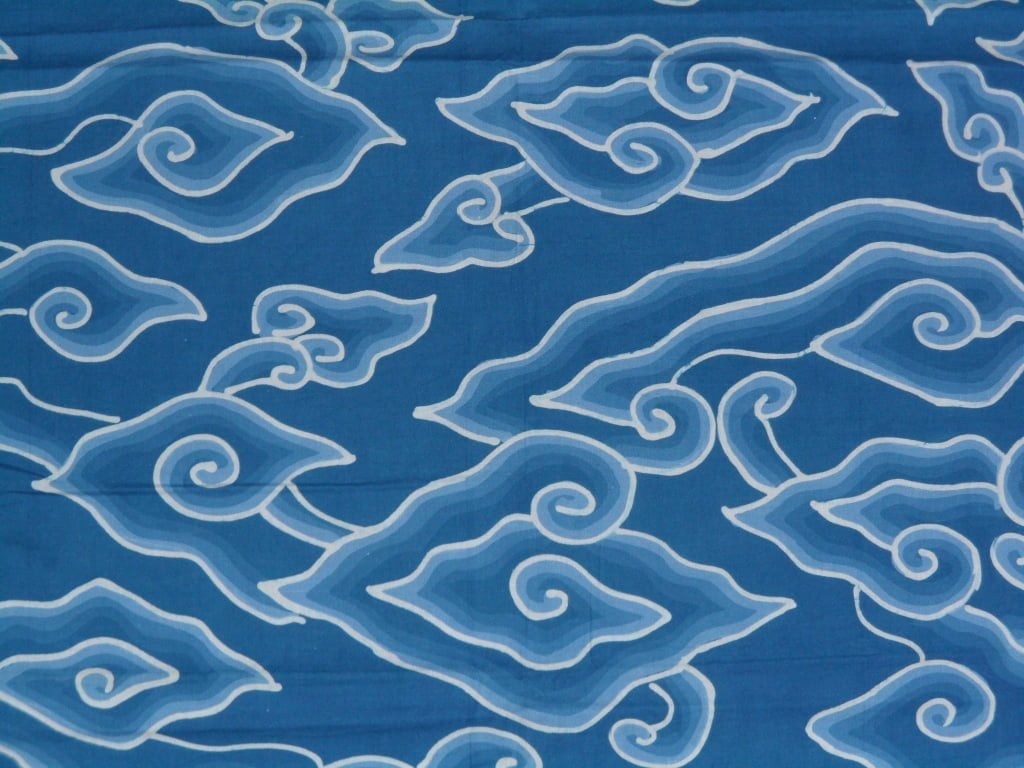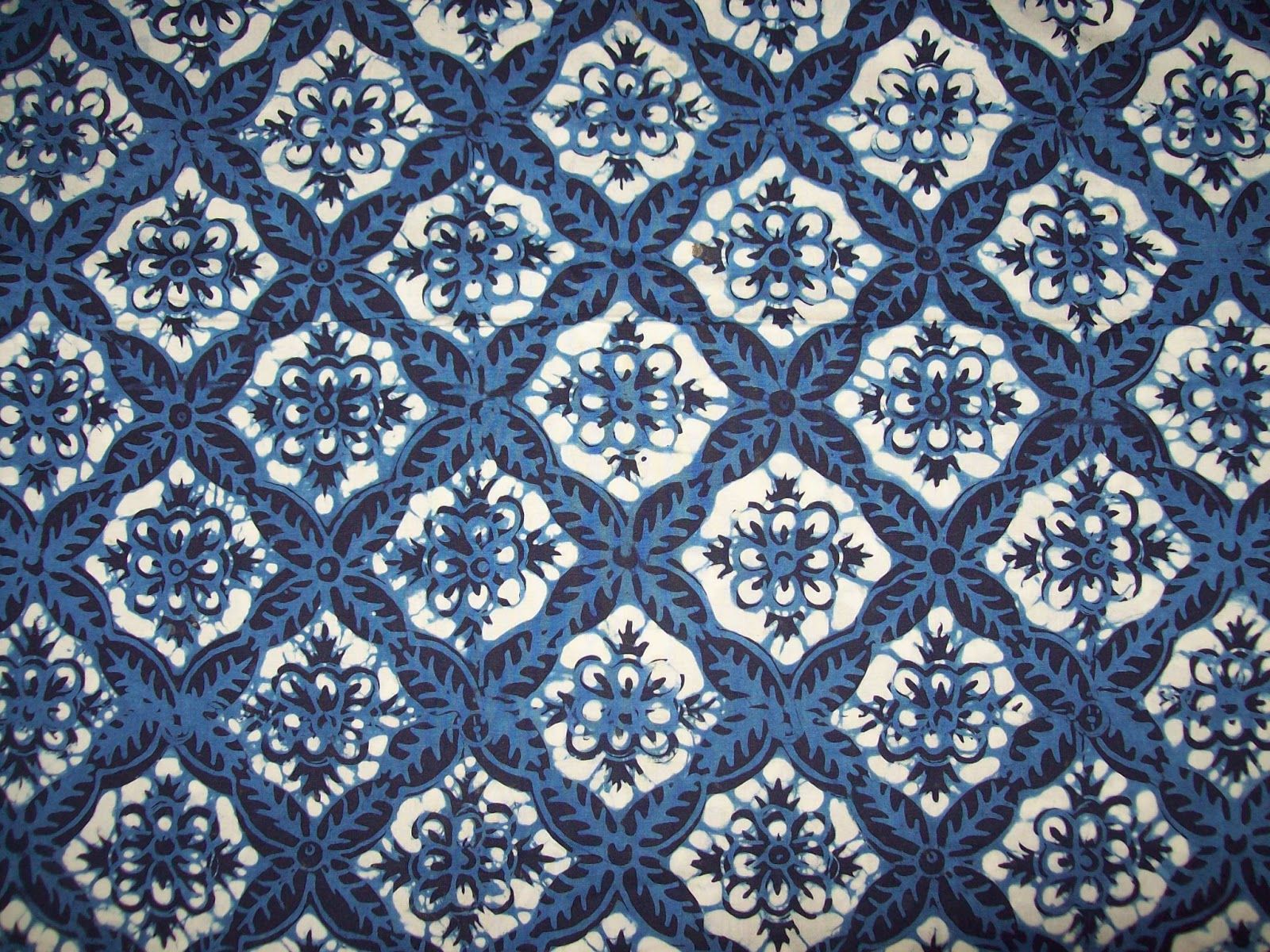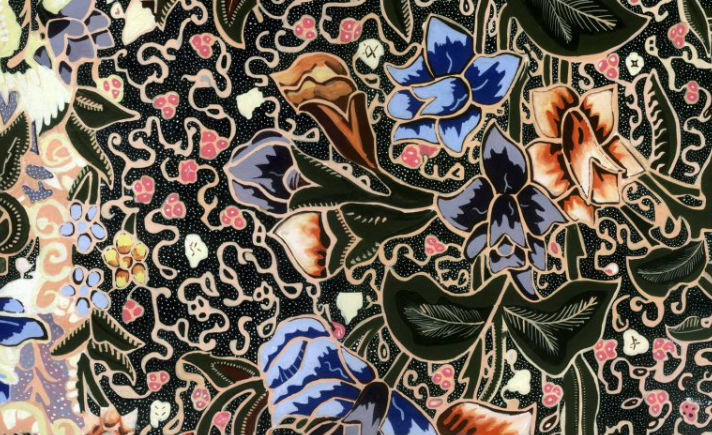Types of Indonesian Batik
Source: beritabaik.id
We do know that Indonesia has so many varieties of batik. The word “batik” comes from Javanese language combination of “amba” which means wide and “tik” which means dot/point. Thus, batik means writing/drawing dots on wide cloth. In Indonesia, we have so many types of batik that we will discuss in this article.
Source: bergaya.id
Mega Mendung, is one type of Indonesian batik. This batik is from Cirebon, a city in West Java Province. This batik also has its own value, describing clouds in the sky. The name Mega comes from “Cloud” and Mendung comes from “Cool/Cold” so that this batik represents coolness. Another fact about this batik is it has 7 color gradations. These gradations were adapted from 7 layers in the sky. This batik was made by Prince Losari, a grandson of Sunan Gunung Jati.
Source: bergaya.id
Batik Kawung, batik with a unique motif that comes from Lotus. Lotus itself represents chastity and immortality that comes from its petals. This batik has been known since the 13th century, made by Sultan Mataram and reserved for the royal family.
Before we go any further, I want to inform you that at the time, Mataram itself was divided into 2, Surakarta and Yogyakarta. Batik Kawung can only be used by Abdi Dalem Jajar Priyantaka and Punakawan in Surakarta. On the other hand in Yogyakarta, this batik is a must for Sentana Dalem.
There are sub-type of Batik Kawung, there are Kawung Bribil, Kawung Pici, and Kawung Sen. Each of them has a different motif from each other. Kawung Bribil has a pattern like money 25 cent, Kawung Sen has a pattern like 1 cent and a little bigger than Kawung Bribil and, Kawung Picis has a small circle pattern.
Source: tagar.id
The last but not least is Batik Tujuh Rupa from Pekalongan. This batik takes shape from ceramic in China which contains plants and animals like birds, butterflies, and so on. You must be wondering why this batik has a Chinese element in it. If we take a look at the history of Pekalongan City, in ancient times, Pekalongan was a transit for merchants from all around the world, including China. Also if we look at the philosophy, it has a meaning about the life of the Javanese coastal people who easily adapt to foreign cultures. So, that’s why this batik has 2 elements from local and China.
Source:
- https://travel.detik.com/travel-news/d-5196823/hari-batik-nasional-sudah-tahu-arti-kata-batik
- https://bergaya.id/motif-batik/
- https://www.motifbatik.web.id/2020/12/motif-batik-tujuh-rupa-pekalongan.html
- https://www.adhiantirina.com/2021/08/batik-tujuh-rupa.html
Image Source:
- https://beritabaik.id/read?editorialSlug=seni&slug=1560492752586-makna-di-balik-5-motif-batik-yang-perlu-kamu-tahu
- https://www.tagar.id/tagarphoto/15767/Motif+Batik+Tujuh+Rupa+Pekalongan
- https://bergaya.id/motif-batik/




